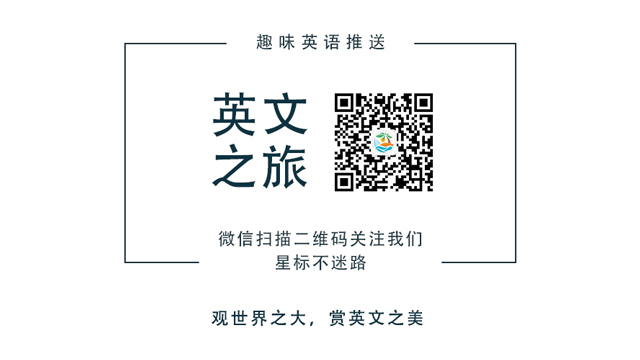Robotics
机器人科学
Covid has reset relations between people and robots
新冠肺炎重新设定了人与机器人之间的关系
Machines will do the nasty jobs; human beings the nice ones
脏活累活让机器去干,好工作留给人
- nasty 极差的、令人厌恶的、令人不悦的
Robots have been around for six decades or so. Originally, they were simple devices which did as they were told, working on assembly lines in, well, a robotic manner. They were often kept in cages, like zoo animals, to stop people getting too close. And for similar reasons. They were dangerous. If a mere human being got in the way of a swinging robotic arm, so much the worse for the human.
机器人问世已有差不多60年了。最初,它们只是按指令行动的简单设备,在装配线上以“机器人般的风格”工作。它们常被关在笼子里——就像动物园里的动物——以免它们和人靠得太近。这么做的原因也跟动物园差不多:它们很危险。如果一个凡胎肉身挡住了一只挥舞的机械臂,那么更倒霉的还是人。
- assembly 装配、组装、总成
Since then, they have got vastly more dexterous, mobile and autonomous. They are also more collaborative. There are now over 3m robots working in factories across the planet, according to the International Federation of Robotics, a worldwide industry association. Millions more move goods around warehouses, clean homes, mow lawns and help surgeons conduct operations. Some have also begun delivering goods, both on land and by air.
后来,机器人变得灵巧、机动和自主多了。它们也变得更会合作。根据世界性行业协会国际机器人联合会(International Federation of Robotics)的数据,全球现在有超过300万台机器人在工厂工作。还有数百万台机器人在仓库搬运货物、打扫房屋、修剪草坪、协助外科医生做手术。有些机器人还开始运输货物,有陆运也有空运。
- dexterous 灵巧的;熟练的;敏捷的(参见:小词详解 | dexterous)
- autonomous 自主的、有自主权的;自治的、有自治权的
- warehouse 仓库、货栈、货仓
- lawn 草坪、草地
- 拓展学习:熟词僻义 | land 是落入什么样的境地?
